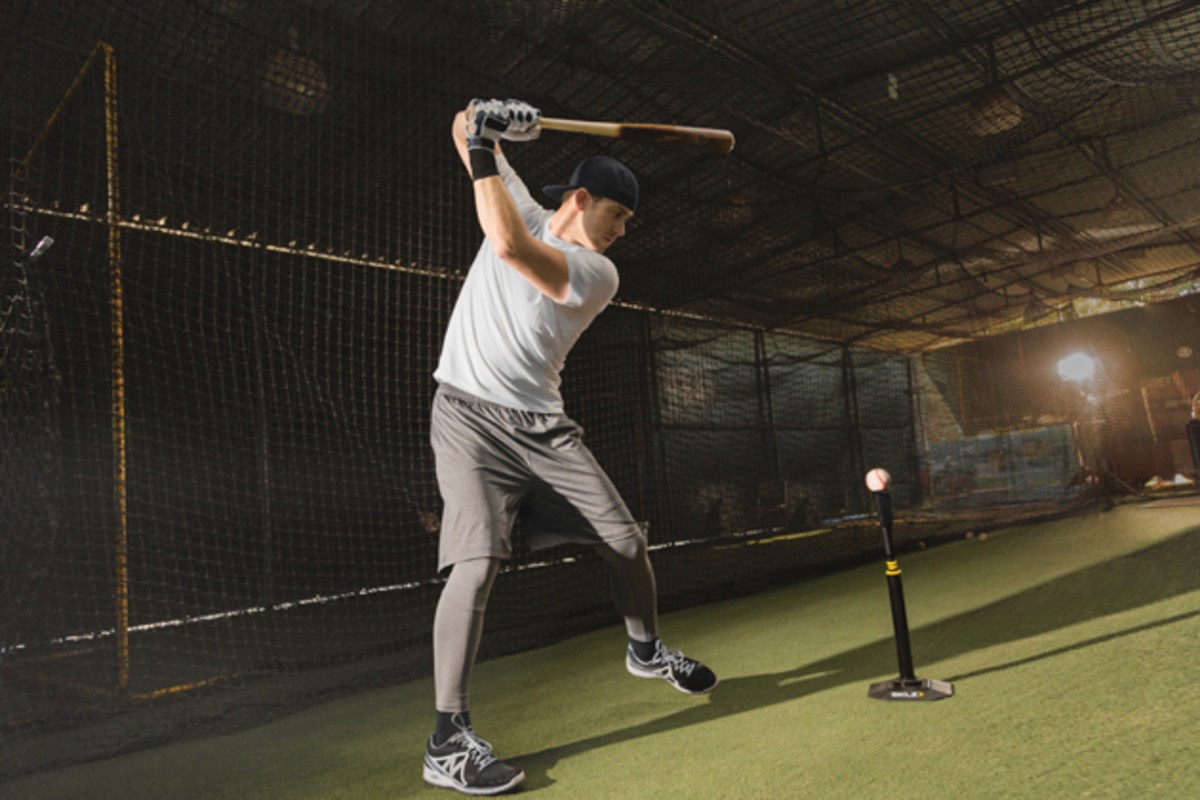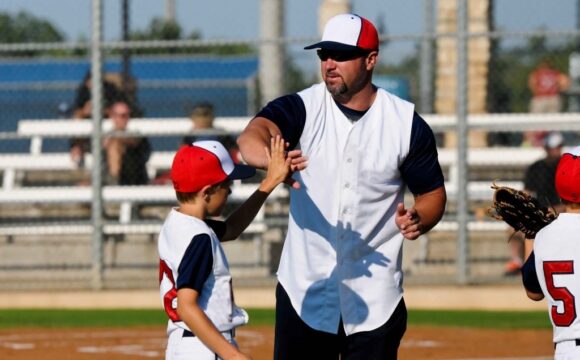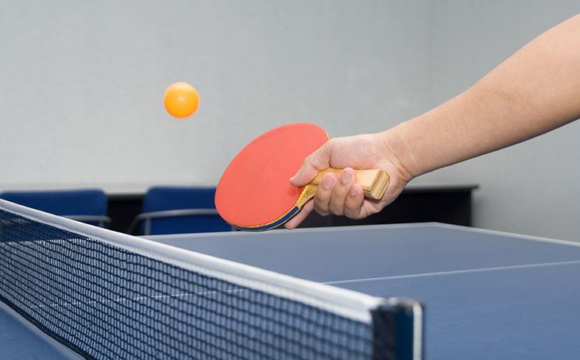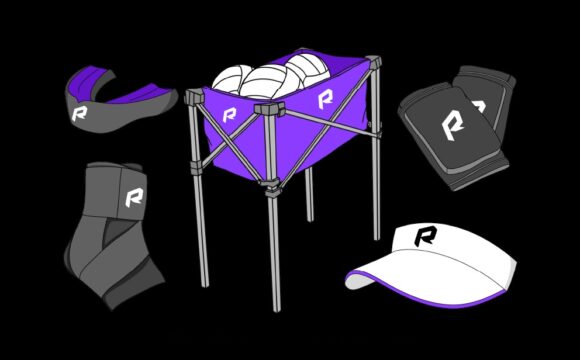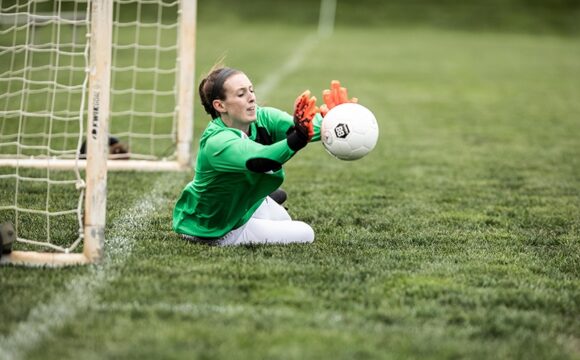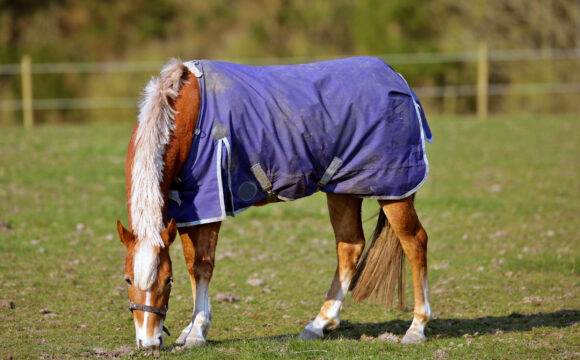A baseball bat in hand may seem like a basic piece of gear when you step up to the plate. But underneath the composite, aluminum, or wood exterior is an exciting realm of engineering and physics. A baseball bat’s barrel size, weight, and material composition are all closely related to how well it performs. Gaining knowledge of the science underlying these components can enable players to choose their gear wisely and improve their performance. The main facets of bat technology are dissected in this article along with how they affect performance on the field.
Optimizing the Sweet Spot with Barrel Size
The “sweet spot”—the region where the best energy transfer takes place is directly impacted by the size of a baseball bat’s barrel, which serves as the hitting zone. In general, a greater sweet spot corresponds to a larger barrel. According to physics, there is more room for error when making contact with the ball when the surface area is larger. Baseball bats with increased bat speed reduce energy waste from vibrations and off-center hits when the ball is hit directly on the sweet spot. Larger barreled bats, particularly those that comply with current rules, provide a more forgiving striking surface, improving the likelihood of making solid contact and propelling the ball with force.
Weight: The Paradox of Swing Speed and Power
Bat weight has a significant impact on power potential and swing mechanics. As they have more momentum, heavier bats can strike with more force, which could result in more potent blows. But it’s also more difficult to swing a heavier bat swiftly. Power generation also depends on bat speed; a faster swing gives the ball more energy. Therefore, striking the correct balance between weight and swing speed is more important than just mass when determining the appropriate bat weight. With heavier bats, players with stronger bodies may be able to use their power to generate force.
Materials: Composite, Aluminum, and Wood
A bat’s performance attributes are significantly influenced by the material it is made of. Conventional wood bats, which are frequently composed of birch, maple, or ash, offer a timeless feel and instant reaction when they make contact. Since off-center hits are immediately felt and penalized, they are preferred by many for teaching good striking mechanics. They are also noted for their balance.
Conclusion
There is no single best baseball bat selection approach. Consider a player’s strength, swing technique, and playing style before making this decision. Different barrel sizes, weights, and materials must be tested to find what optimizes performance. Length, grip size, and balancing point affect a bat’s feel and performance. Knowing the science behind baseball bat technology helps players make smart decisions, which improves swings and at-bat effectiveness.

